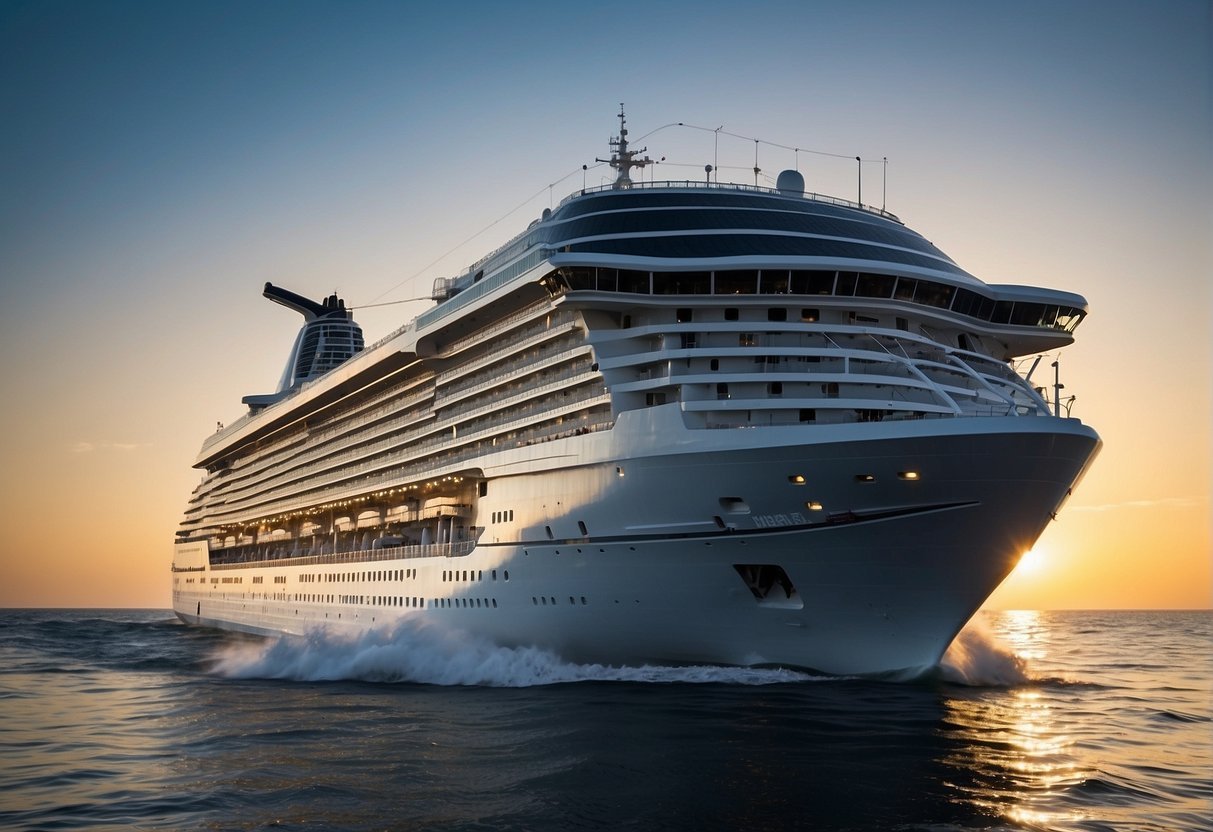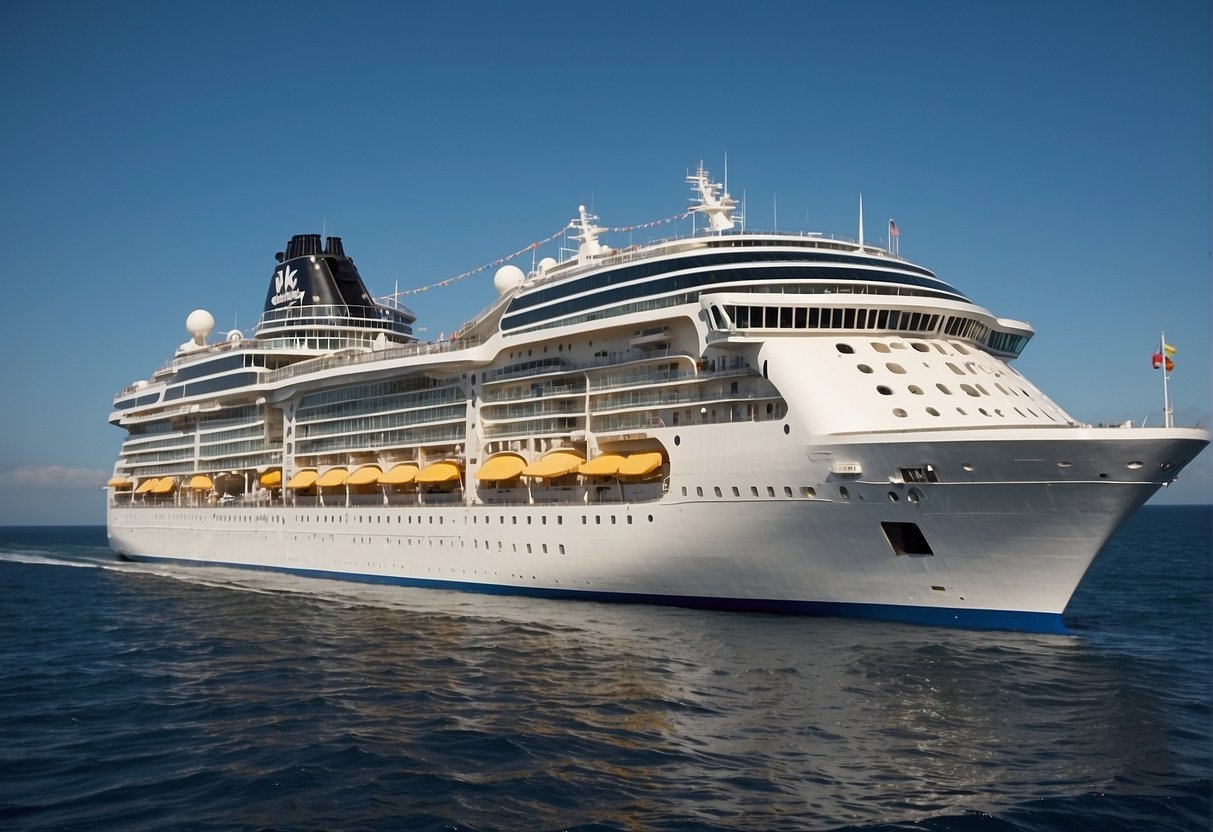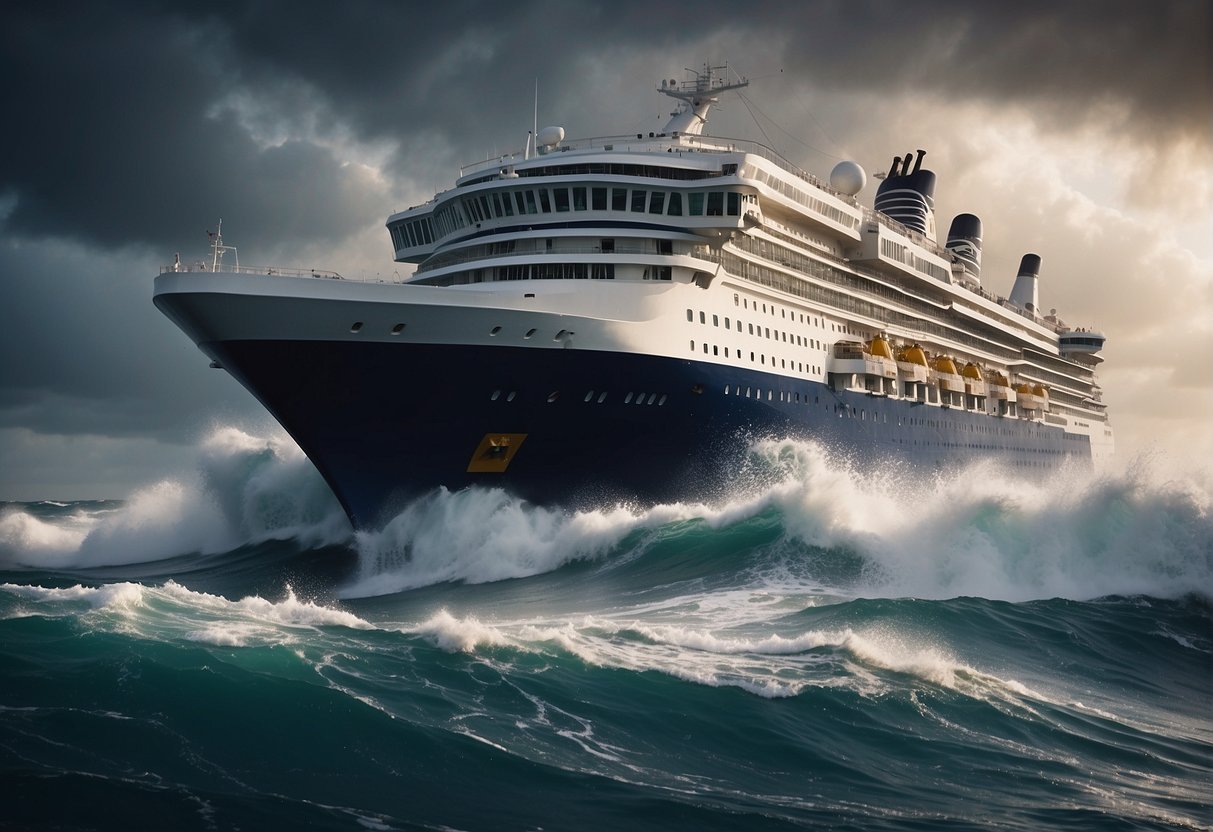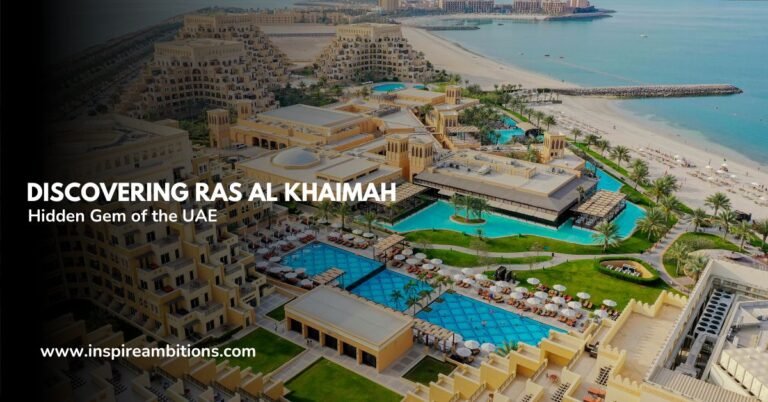游轮如何在公海上不失稳?解释
An adage says, “It’s not the size of the ship, but the motion of the ocean,” which might lead one to ponder the stability of massive cruise ships as they navigate the vast seas.
The engineering feats behind these floating giants ensure that even in challenging weather conditions, passengers can sip their cocktails by the pool without fear of tipping over. The answer to this maritime marvel’s stability lies in the intricate blend of design, physics, and technology.

Much like icebergs, cruise ships have a significant portion beneath the water’s surface, establishing a low centre of gravity that is essential for balance. Their broad, U-shaped hulls are designed to increase buoyancy and distribute weight evenly.
Meanwhile, complex ballast systems work quietly below decks, shifting water between tanks to counteract the force of waves and wind. Even as cruise ships grow in size and scale, these principles ensure a safe and stable voyage.
How Do Cruise Ships Not Tip Over Stability on the High Seas? – Key Takeaways
- The stability of cruise ships is a product of advanced naval design, including a low centre of gravity and wide hulls.
- Ballast systems and sophisticated engineering help counteract adverse weather conditions at sea.
- The enormity of modern cruise ships does not compromise their stability due to the principles of buoyancy and weight distribution.
Design and Engineering

Cruise ships are marvels of modern engineering, with specific design principles ensuring stability and safety. Let’s explore how these 漂浮的巨人 stay upright under adverse sea conditions.
Hull Design and Stability
The hull of a cruise ship is ingeniously crafted with a displacement hull design, which ensures that the vessel displaces an amount of water equal to its weight, creating necessary buoyancy. The design includes a deep bottom and a submerged portion, maximizing stability.
The hull’s shape contributes significantly to this effect, as it must be wide enough to provide a stable platform against the rolling motion of the waves.
Ballast and Weight Distribution
A cruise ship’s ballast tanks are crucial in maintaining a low centre of gravity. These tanks can be filled with water to add weight where needed, typically in the lower sections of the ship. This, coupled with the strategic placement of heavy machinery 和 fuel stores in the lower decks, ensures a favourable weight distribution.
Stabilizers, often resembling large fins, extend from the hull and, alongside bilge keels, counteract the rolling motion, further enhancing stability and engaging with the fundamental principles of physics; cruise ship designers prioritize a centre of gravity low enough to prevent the ship from tipping over but high enough to ensure comfortable sailing conditions.
Operating in Adverse Weather

When the skies darken and the gales pick up, even colossal cruise ships must respect the ocean’s might. This section will explore the measures that allow these vessels to safely navigate through intense weather conditions that could otherwise spell disaster.
Handling Rough Seas and High Winds
Raging seas and gale-force winds pose a formidable challenge to any ship at sea. Cruise ships are designed with deep, wide hulls, which, along with ballast tanks, provide a low centre of gravity vital for stability. When encountering high winds and rough seas, these ships utilize stabilizers—akin to underwater wings—to counteract the roll and offer a smoother journey.
For example, companies like Holland America Line equip their vessels with state-of-the-art systems to detect and counteract such forces.
During severe storms or when a rogue wave threatens, captains can alter the ship’s course and speed to minimize the impact. Sea conditions are constantly monitored, and proactive measures are taken long before danger escalates to peril.
Safety Measures and Emergency Protocols
安全协议 on cruise ships are rigorous and well-practised. Each vessel is armed with weather monitoring technology, ensuring no storm surprises them. They adhere to strict 安全标准, necessitating the crew’s emergency response readiness for potential encounters 和 dangerous threats like rogue waves.
In the extraordinary event that safety features are pushed to their limits, as seen in the rare case of the Costa Concordia, 紧急协议 are promptly enacted. Evacuation drills and life-saving equipment become focal, and every crew member is trained to handle these situations expertly. This level of preparedness diminishes the odds of a cruise ship catastrophe, even when adverse weather conditions are at their worst.
The Physics of Buoyancy
Float like a butterfly, stable as a rock – that’s the secret behind the impressive balance of a cruise ship on the high seas. This section will discuss the fundamental principles that allow these mammoth vessels to stay afloat rather than tip over.
Understanding Buoyancy and Displacement
Buoyancy is the upward force that supports objects in water, a concept Archimedes stumbled upon in his historic Eureka moment. The underlying principle is straightforward: when a cruise ship is placed in water, it pushes water out of the way—this is known as displacement. The weight of this displaced water generates an upward force that counters the ship’s weight. As long as the 重量 of the displaced water equals or is greater than the weight of the ship, the ship will float.
- Density plays a crucial role: to float, an object’s average density should be less than the density of the water it displaces.
- Pressure difference: Water pressure increases with depth, creating a higher pressure on the bottom of the hull compared to the top, contributing to buoyancy.
Keeping the Center of Gravity Low
A low centre of gravity aids in preventing a ship from tipping over. It’s all about the balance:
- Ballast tanks: Filled with water, keep the centre of gravity low and help stabilize the ship against rolling 和 rocking.
- U-shaped hull: The innovative design includes wide hull 和 round edges, lowering the centre of gravity and providing stability.
- 这 water line: A ship’s 浮力 increases with the volume of water displaced at the water line, so the design keeps the average location of the mass as low as possible.
By deeply anchoring the ship’s stability underwater, cruise ships maintain their composure even as they confront the challenges of the open sea—much to the relief of passengers and crew members 一样。
Size and Scale of Modern Cruise Ships
Imagine the magnitude of floating cities at sea, where thousands of guests enjoy the splendour of vast oceanic views. That’s the modern cruise ship for you—a marvel of engineering that defies the limits of what you might deem possible on water.
Dimension and Scale Impact on Stability
Modern cruise ships are designed with colossal 方面 contributing significantly to their 稳定. An essential aspect of this stability is the centre of buoyancy. When discussing size, the term water plane area gains importance; it’s the surface area at the waterline, and the larger it is, the more stable the vessel.
Most of the ship’s weight is strategically located below deck, providing a low centre of gravity and enhancing stability. The ship’s draft—how deep it sits in the water—is crucial, too. Heavier ships often have a deeper 草稿, which also aids in keeping them upright and counteracts the top-heavy appearance.
The Case of Mega Cruise Ships
Let’s zoom in on mega cruise ships, like those from the Oasis class, 如那个 海洋交响号. They are the epitome of the modern size 和 scale achievements in cruise ship design. Their massive size allows them to host over 6,000 guests and encapsulates features comparable to a bustling town.
Despite their top-heavy look, they incorporate advanced technology beneath the waterline—massive hulls and deep drafts, which ensure these titanic vessels do not sink. The intricate balance between the size of the ship and its centre of buoyancy is akin to a well-thought gratuity system. Each element compensates and supports the other, ensuring these floating cities remain buoyant and resist sinking.






